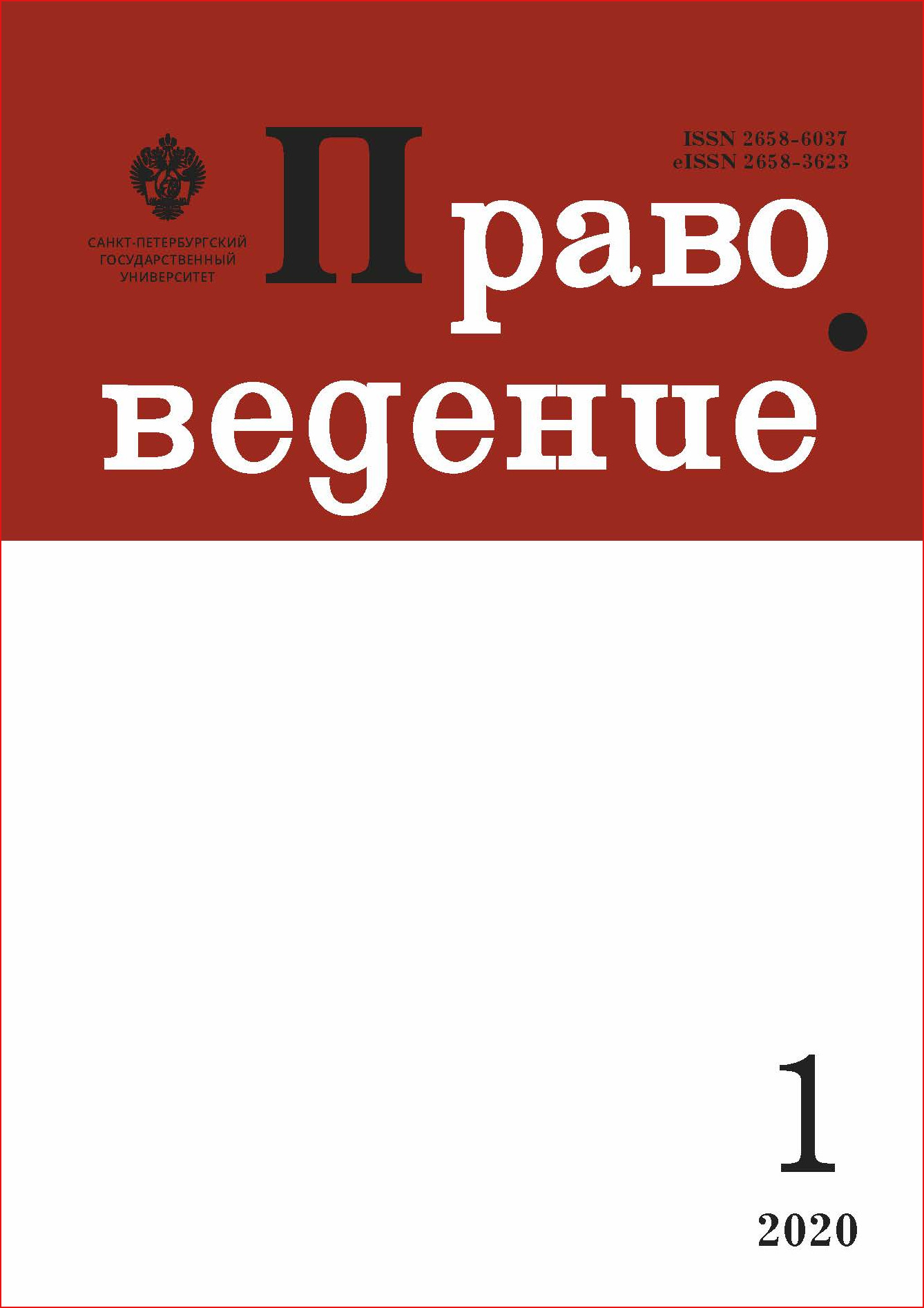Heritage: How to remain relevant following the virus crisis?
DOI:
https://doi.org/10.21638/spbu25.2020.101Abstract
The article states that despite the creation of the UNESCO fund aimed at International assistance by means of which State parties to the Convention for Safeguarding of Intangible Cultural Heritage, inter alia, can address problems arising from catastrophes and emergencies. However, the devastating effects of the pandemic on heritage are yet to be expected. Due to the known recent circumstances, without mobility of people and their mutual contacts, and without physical access to the built heritage and museums, there will be no income for local people living in their surroundings. Another problem is related to the intangible expressions of heritage due to inevitable economic turbulences subsequent to the pandemic, and even due to the recent political turmoil caused by various related factors, such as the behavior demonstrated by different governments while facing the crisis and consequent revolts in many communities worldwide. While clear solutions for affected heritage following the crisis are still not on the horizon, we may assume that in the near future there will be an increase of interest in environmental studies. Many will reflect upon the sustainable use of resources and their relevance for heritage (such as agrarian heritage, particularly in regard to food security; traditional medicine or cultural rights and intellectual property in the same context). While there is no doubt that digital tools for reviewing (tangible) heritage will only progress over time, the question is to what extent will living experiences of heritage be affordable to people, at least in the forthcoming period. An adequate response to a global disaster will certainly integrate heritage into policies such as territorial urban/rural planning and various intersectoral activities, and examples already exist in projects funded and supported by the European Union. Despite the weakening of available resources as a result of the pandemic, heritage institutions should also increasingly allow for more democratic inclusion of communities into the issues of inventorying and safeguarding heritage, through mechanisms such as participatory mapping and the like.
Keywords:
cultural heritage, Intangible Cultural Heritage, emergencies, pandemic, consequences, economic turbulences, response, agrarian heritage, community participation
Downloads
References
Downloads
Published
How to Cite
Issue
Section
License
Articles of "Pravovedenie" are open access distributed under the terms of the License Agreement with Saint Petersburg State University, which permits to the authors unrestricted distribution and self-archiving free of charge.




